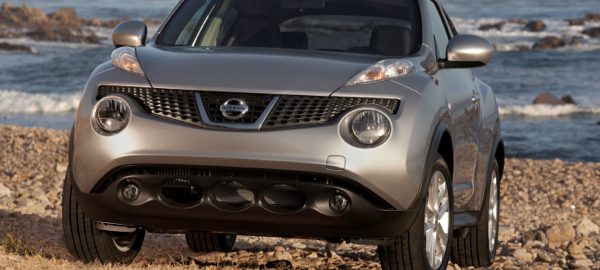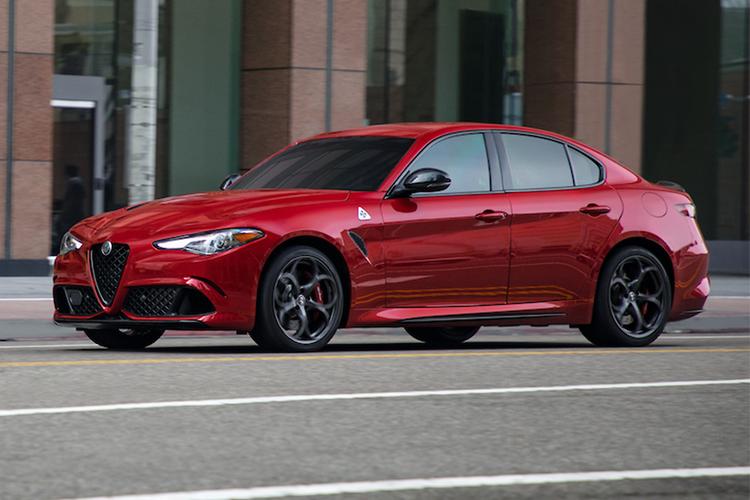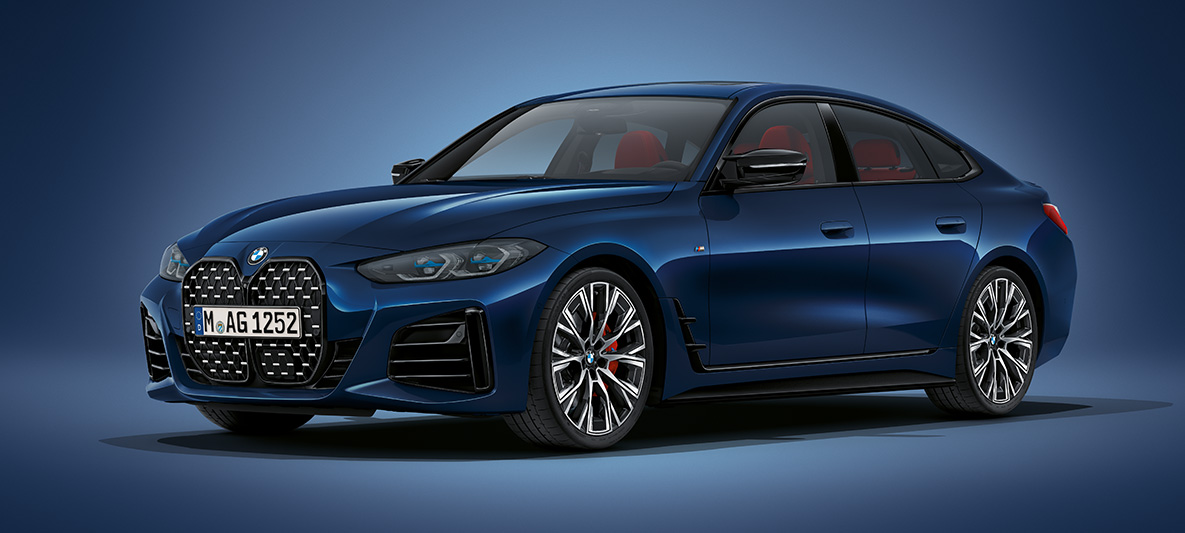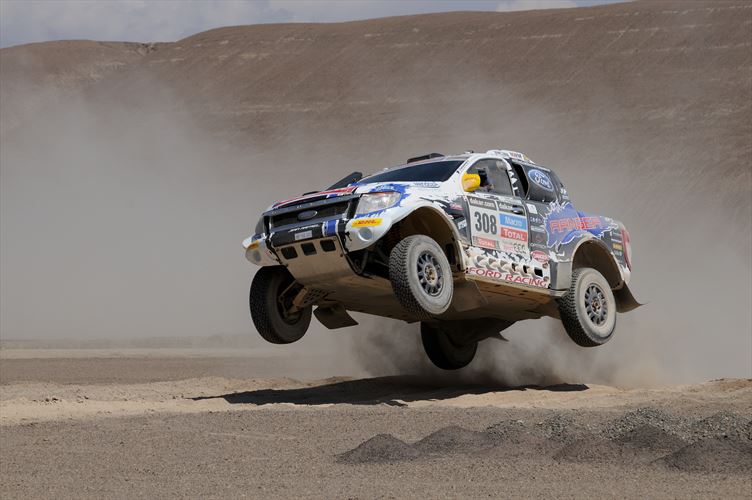What was Nissan thinking when it decided to introduce the Juke? On paper, the little vehicle didn’t make any sense at all. The company marketed it as an SUV, but it was really nothing more than a high-riding hatch. Moreover, in its attempt to straddle the hatch/SUV segments, it appeared that Nissan had penned a vehicle that was utterly pointless and impractical.
Yes, it was (marginally) larger than your average hatch, but it was by no means spacious. It was also slightly taller than a hatch, but it didn’t exactly provide a commanding driving position. In short, it didn’t seem to offer any of the traditional benefits of an SUV.
At the same time, the Juke didn’t seem to offer a lot of the benefits associated with a hot hatch, either. The turbocharged version was fairly brisk and sporty, but increases in ride height and weight dulled the engine’s potency. The Juke couldn’t compete with the thrills offered by a traditional hot hatch.
The Juke seemed doomed from the start. How could such a silly vehicle ever be a success?
But it was a success. In fact, it turned out to be a bigger hit than Nissan could ever have expected. Before its release, the company said it hoped to sell around 1300 units a month in Japan. In fact, more than 10 000 orders were placed in the first month! And the Juke’s success wasn’t limited to Japan. It sold in staggering numbers all over the world. Nissan had gambled on an unusual vehicle, and hit the jackpot.
But the question remains: why was the Juke such a hit?
Well, as we all know, vehicle purchasing decisions are made with the heart as much as the head, and unfortunately, vehicles at the lower end of the price spectrum tend to be a bit boring. They might be practical and sensible, but they lack fun and excitement.
The Juke, however, is not boring. Some might find its looks unappealing, but there is no denying that it has character. Everything about it is fun, funky and unusual – right down to the gaudy centre console that is shaped like motorcycle tank.
Other manufacturers have obviously noticed the popularity of the Juke and are scrambling to create their own versions of the extra-compact SUV. As mentioned elsewhere in this issue, even Land Rover is considering tossing its hat into the ring.
The fact is that the age of the rough-and-robust 4×4 is drawing to a close. The Defender might boast loads of hardcore fans, but it is never going to be a volume seller. The market for pukka 4x4s is small, and with the price of fuel climbing ever upwards, it seems fairly certain that it will continue to shrink.
We’re going to have to adjust our ideas of what constitutes an SUV. Not that long ago, a sports utility vehicle was a large and boxy 4×4 with a big engine, and it probably had low-range
gearing. Not any longer. Compact SUVs are taking over. Drive around Johannesburg or Cape Town, and the majority of SUVs you’ll spot are compact and practical vehicles, such as the RAV4, CR-V and Kuga.
Of course, there will always be a market for large and luxurious SUVs like the Range Rover and Mercedes- Benz GL, but it will never be a big market. Mercedes-Benz mentioned at the local launch of the GL that it hoped to sell about 300 units by the end of the year. Nissan SA sells 400 Jukes a month.
The proliferation of “soft-roaders” might not sit well with fans of proper 4x4s, but there is no doubt that it holds a lot of potential profit for manufacturers, so they will inevitably gravitate towards it.
So be glad that you can still buy that Cruiser or Defender, and that you can still find parts for both. The way things are going, it seems as if the hardcore 4×4 might soon be relegated to the scrapheap of history!








